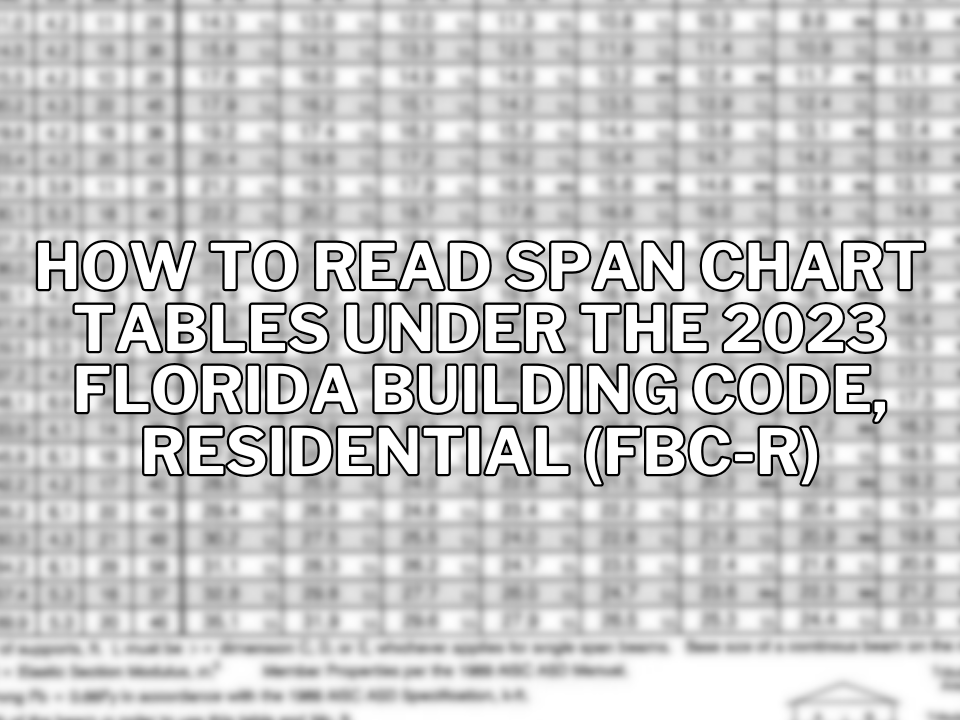I’m sure we all remember zoning out during math class in high school, and being told fifteen different ways to calculate the slope of a line on a graph. You probably thought to yourself, “I will never need to use any of this information!”
However, slopes in civil and site plans are important and enforced in Florida Building Code. It’s also much easier to calculate than you might have thought!
In the example above there is a distance of eight feet from the house foundation to the property line. Keeping in mind that the typical grading plan for Florida uses a 4:1 slope, the start of the equation would show:
8 (Distance) / 4 (Req. slope) = 2
Next, account for the elevations of the foundation and property lines. In the example, the foundation is at an elevation of 50’. To achieve a positive flow from the house, subtract the calculated number from the house elevation. This means, to meet a 4:1 slope the grade at the property line must have a minimum elevation of 48’.
50 (house elev.) – 2 (calculated number) = 48 ( minimum elev.)
Why is slope important?
In the case of poor slope, water from rain storms can cause the grade around the house to get over saturated and cause pooling. Once pools of water form around the house, they threaten the structural integrity of the foundation. Properly sloping the grade will direct water away from the house. However, too much slope can cause water to collect on neighboring lots, which is also a problem.So, in order to avoid either of these situations, the proper grade is important.
See, math class was actually kind of important! Now, if only you could go back in time and get an A+, thanks to this Florida Engineering lesson.









